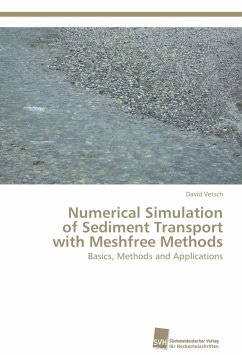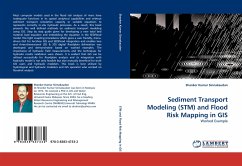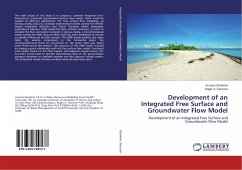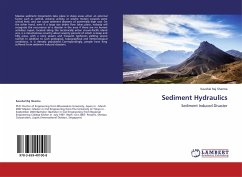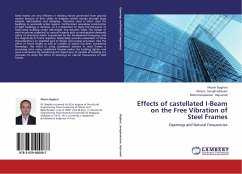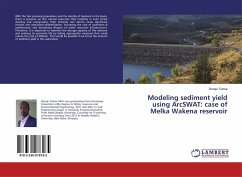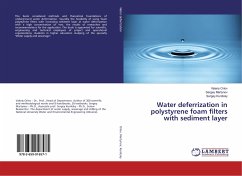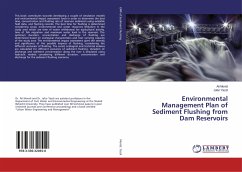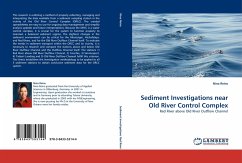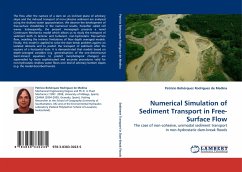
Numerical Simulation of Sediment Transport in Free-Surface Flow
The case of non-cohesive, unimodal sediment transport in non-hydrostatic dam-break floods
Versandkostenfrei!
Versandfertig in 6-10 Tagen
45,99 €
inkl. MwSt.

PAYBACK Punkte
23 °P sammeln!
The flow after the rupture of a dam on an inclined plane of arbitrary slope and the induced transport of non-cohesive sediment are analysed using the shallow-water approximation. We observe the development of free-surface instabilities in the numerical results, hereafter called roll waves. Subsequently, the present monograph presents a novel Continuum Mechanics model which allows us to study the transport of sediment both in laminar and turbulent, non-hydrostatic free-surface flow, avoiding the intrinsic limitations of flow depth averaged models. Finally, this model is applied to solve the dam...
The flow after the rupture of a dam on an inclined plane of arbitrary slope and the induced transport of non-cohesive sediment are analysed using the shallow-water approximation. We observe the development of free-surface instabilities in the numerical results, hereafter called roll waves. Subsequently, the present monograph presents a novel Continuum Mechanics model which allows us to study the transport of sediment both in laminar and turbulent, non-hydrostatic free-surface flow, avoiding the intrinsic limitations of flow depth averaged models. Finally, this model is applied to solve the dam-break problem against an isolated obstacle and to predict the transport of sediment after the rupture of a horizontal dam. It is demonstrated that models based on depth-averaged variables (e.g. generalisations of the one-dimensional Saint-Venant equations to predict morphological changes) are superseded by more sophisticated and accurate procedures valid for non-hydrostatic shallow water flows over bed of arbitrary bottom slopes (e.g. the model described herein).



